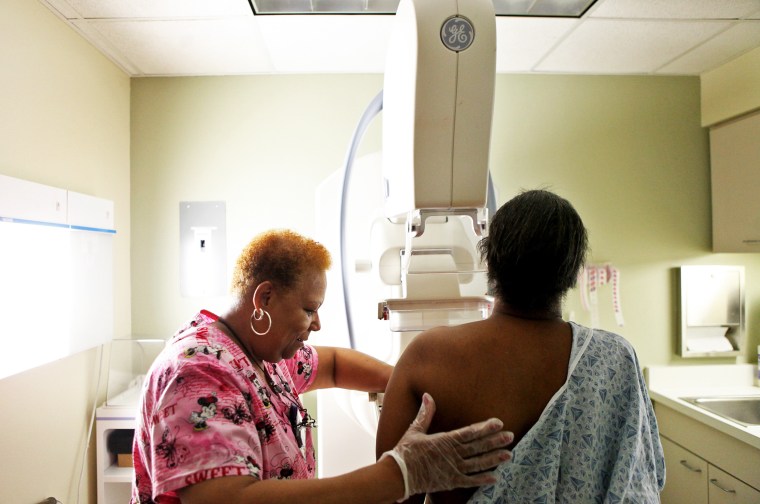When the FDA updated the 1992 Mammography Quality Standards Act to require patients be informed directly if they have dense breasts, the move may have opened a “Pandora’s box,” Elisa Port, MD, chief of breast surgery at New York City-based Mount Sinai Health System and director of the Dubin Breast Center at Mount Sinai, told Becker’s.
Prior to the March 9 MQSA dense breast guideline update, two-thirds of states already had laws in place to require mammogram reports to include breast dense findings. However, there was no standard when it came to whether the information was to be passed to the physician who ordered the mammogram or to the patient.
The new guideline puts in place a national requirement to inform the patient directly if a mammogram detects they have dense breasts. Mammogram facilities must include a specific paragraph about the finding in every post-mammogram radiology report.
Dr. Port said clarifying the guidelines has pros and cons. “There is some evidence that having dense breasts might increase your risk of breast cancer,” she said. “Also, we worry that the density of the breast might obscure cancer in a mammogram.”
To those points, she said, informing patients they have dense breasts gives them the opportunity to ask more questions and discuss follow-up imaging — including ultrasound. “I believe knowledge is power, and I’m very much about empowering women to learn more about their bodies,” Dr. Port said.
“However, there is also a downside that most women do not understand,” she added, noting that having dense breasts is not unusual. “This is an opportunity for women and their doctors to discuss their particular circumstances. This should not be a red flag that means we should be doing ultrasounds on every single 40- to 50-year-old with dense breasts.”
She said she is concerned some patients might request an ultrasound prior to a mammogram if they are led to believe ultrasounds and other imaging might be more efficacious. But mammography is still the gold standard when it comes to breast cancer diagnosis.
“Mammograms pick up about 85 to 90 percent of the cancers that are diagnosed, but they’re not perfect. No test is perfect, and mammograms are the best we have and have definitely gotten better over time — from film to 3D film to digital and now with 3D,” Dr. Port said. “This evolution has massively improved technology and the detection rate of mammograms.”
Further, she said, having an ultrasound might pick up another 1 to 2 percent of cancers beyond a mammogram. “But you have to consider that ultrasound is very ‘operator dependent,’ meaning anyone who’s had an ultrasound knows they take the probe and move it around and they can miss spots.
“The last thing I want is for women to find out they have dense breasts and not get a mammogram thinking they will jump directly to ultrasound. Even in dense breasts, mammograms are still superior.”
Another concern Dr. Port pointed out is that physicians might view the dense breast guideline from a potentially litigious standpoint. “I do worry that, out of self protection, doctors are going to start having knee-jerk reactions. They could decide that every woman who has dense breasts needs an ultrasound. That’s not the answer either. An ultrasound will generate a much larger proportion of false negatives.”
False negatives from ultrasound could “create the need for biopsies and, if biopsies aren’t conclusively normal, that could then generate more possibly unnecessary surgery,” Dr. Port said. “There’s a whole Pandora’s box potentially opened here when it comes to recommending everyone to have more tests.”
Instead, noting a patient’s risk of breast cancer is informed by family history among other factors, Dr. Port said, “Breast density cannot be viewed in a vacuum. OB-GYNs or primary doctors have to have these detailed conversations with their patients.”


